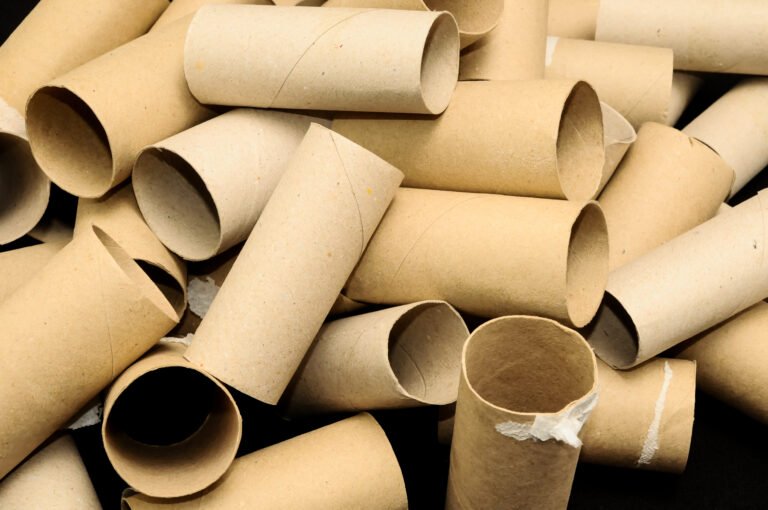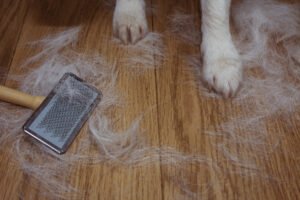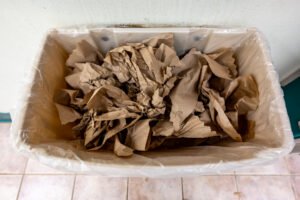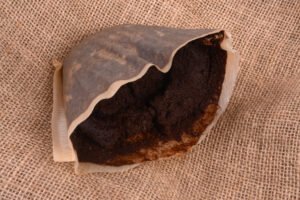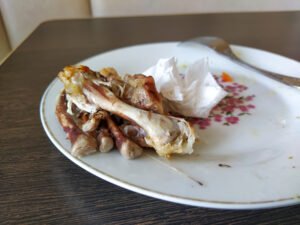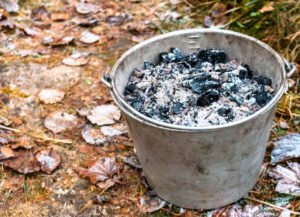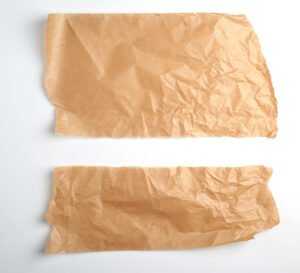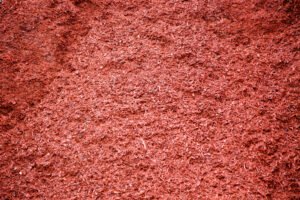Toilet Paper plays a pivotal role in a household. But as it’s excessively used, you wind up with a stack of empty cardboard rolls once the paper is used. You’d be glad to know you can use these rolls for your garden. But how? Can you compost toilet paper rolls? Let’s understand!
Key Takeaway
- You can compost toilet paper rolls, as they are carbon-heavy, making them a perfect brown material for compost.
- Cardboard toilet paper rolls can be composted through the Hot Composting, Vermicomposting, and Bokashi Composting methods.
- Make sure the cardboard rolls are free from any non-degradable or synthetic material that will not decompose.
- Cut the rolls into pieces or strips and soak them in water before adding them to the pile for faster decomposition.
How to Compost Toilet Paper Rolls?
Composting cardboard toilet paper rolls is easy and can benefit your compost tremendously. However, it is essential to follow the right order of the process with certain tricks for the best results.
You can compost chemical-free cardboard toilet paper rolls at home through Hot composting and Vermicomposting. Both methods are effective and efficient.
Compost Paper Rolls by Hot Composting
As the name implies, hot composting needs a high temperature in the compost pile to decompose the organic waste. Since cardboard rolls are stiff, this method will prove to be effective.

Follow the given steps to hot compost toilet paper rolls:
Step 1: Cut the Empty Toilet Paper Roll into Small Strips
Cut the rolls in half to form a single piece and then into ½-inch strips. Adding the tube as strips will give the microbiota extra surface area to act on.
Step 2: Soak Strips in Water (Not mandatory but HIGHLY recommended)
Soaking the roll stirps in water softens and facilitates their breakdown. This not only adds moisture to the pile but also promotes the growth of soil microbes.
Although optional, it is strongly advised unless you are OK with slow composting.
Step 3: Add the Soaked Roll to the Compost Bin
Spread a thin layer of soaked strips of toilet paper roll across the surface of the compost pile. It will act as a brown for the compost.
Don’t cover the entire surface with a thick layer of the soaked roll, as it can dry and block aeration.
Step 4: Add Dry Brown Material
Add more fresh and dry browns like pine needles, shredded newspaper, etc. It will add Carbon to the compost heap and help improve its structure.
Adding brown material along with toilet paper rolls is important as solely adding the cores will lead to drying and decreased nutrition of the compost pile.
Step 5: Add Nitrogen-rich Greens
Add a layer of green stuff like grass clippings, green yard waste, coffee grounds, food scraps, fruit and vegetable peels, etc. And if you’re a pet parent, you can compost your pet’s hair too!
This material is essential to balance the browns and heat up the pile.
Step 6: Add Water (If Less)
If the compost is dry, add just enough water to moisten it. If you’ve used wet toilet paper roll strips, add less water.
Step 7: Mix the Pile
Use a rake, garden fork, or compost stirrer to mix the shredded, soaked toilet paper roll and other materials deep into the pile. Or you can rake the soaked cores through the top foot of the compost.
Start by adding small amounts of toilet paper rolls into the compost pile. And add more once the previous rolls break down partially.
Step 8: Maintain the Pile
It is essential to maintain the pile for the successful formation of compost. Monitor the temperature and moisture of the compost pile.
Turn the pile once a week to hasten up the process.
Compost Toilet Paper Rolls Through Vermicomposting
You can compost toilet paper rolls in worm bins. Worms will eagerly digest the striped cardboard rolls as they are an excellent Carbon source. Cut the roll, soak the strips in water, and apply evenly on the worm bin.
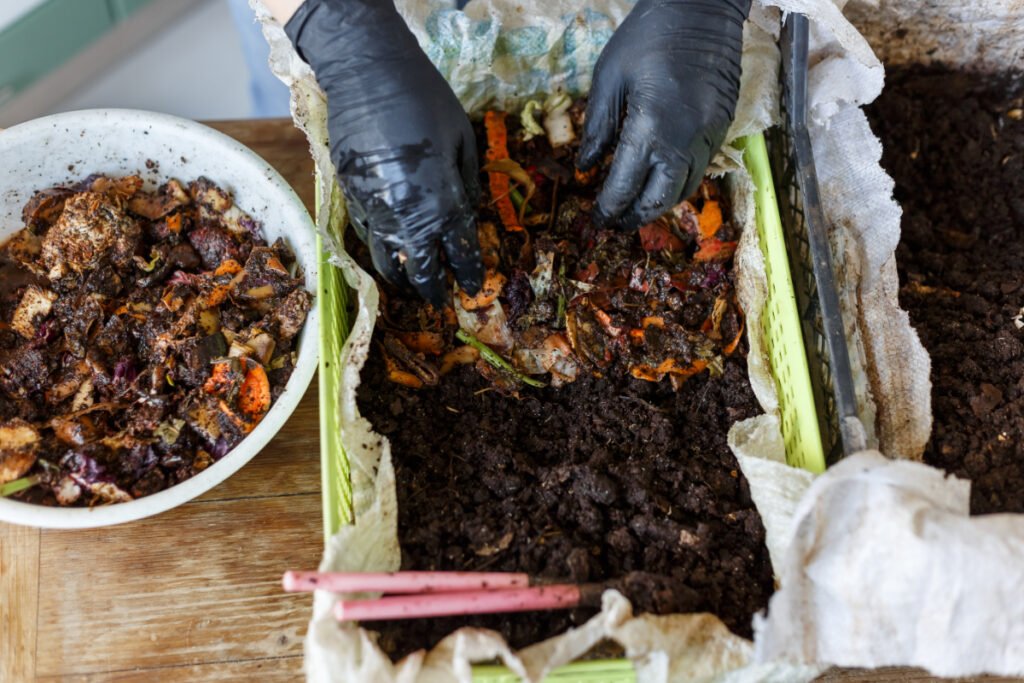
If you are new to composting with the help of wigglers, follow these steps:
Step 1: Cut the Roll into Strips
Cut the roll into strips or small pieces using scissors or a shredder.
Step 2: Soak the Strips
Soak the rolls in water to ease the decomposition.
Step 3: Spread the Roll Strips on a Worm Bed
Spread a thin layer of the soaked rolls evenly on the surface of the vermibed.
Step 4: Add Brown Materials
Add other dry Carbon-rich brown materials like paper strips, hay, dry leaves, etc.
Maintain the ratio of greens and browns to 1:3.
Step 5: Add Other Food Scraps
It is essential to add food scraps to the worm bed to increase nutrition. Do not add any meat or dairy product.
Avoid adding citrus, tomatoes, and onions to the vermicomposting bed since all these are unfit for worms to consume due to their odor and acidity.
Step 6: Mix
Mix the layers properly.
Initially, add only 4-5 rolls at the bottom of the bin. If you wish to add the toilet paper rolls on the top, add only 1-2 rolls first, and then add more once the decomposition starts.
Step 7: Cover the Bin with Worm Blanket
Finally, cover your worm bin with worm blankets made from jute fibers, cotton sheets, corrugated cardboard, etc. These blankets give the earthworms a dark and moist environment to break down the stuff.
And that’s all! Your toilet paper roll vermicompost will be ready in 3-6 months.
You can also compost those toilet paper rolls through bokashi composting. Add them with other brown materials and bokashi bran to your bokashi bin, and you’re good to go!
Advantages of Composting Toilet Paper Rolls
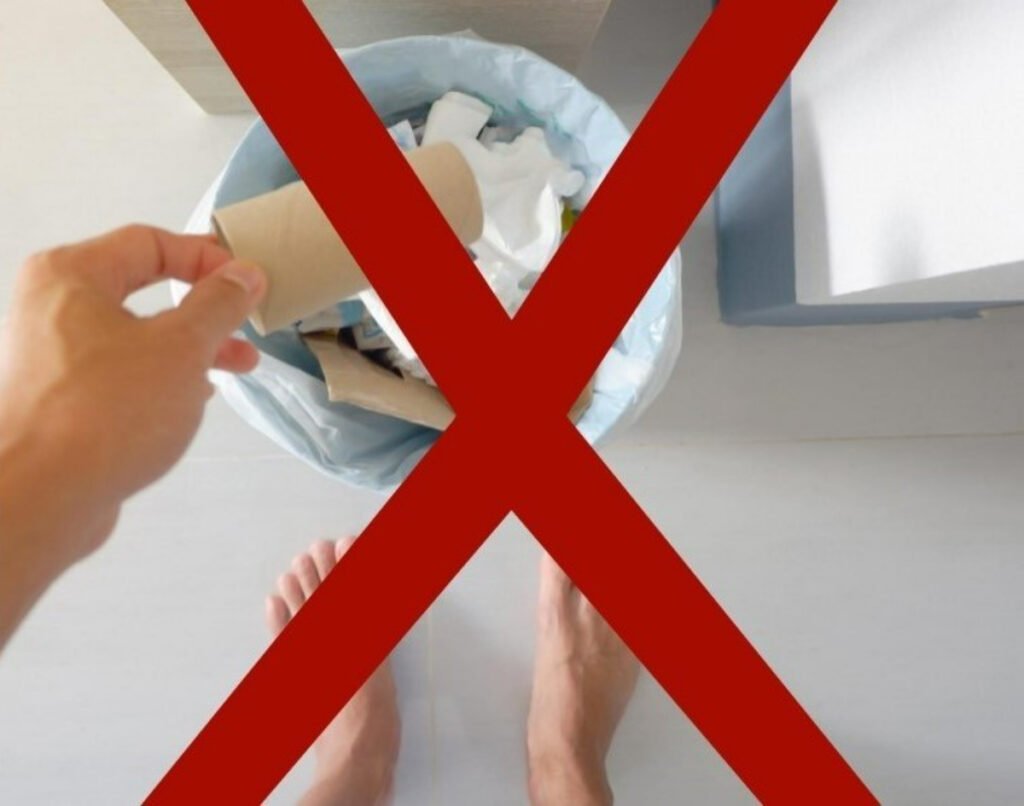
- Provides Carbon: Toilet paper rolls are carbon-heavy and can be an excellent ingredient in your compost if balanced out properly with Nitrogen-rich materials.
- Absorb Excess Water: These cores soak up the extra water in the compost and balance the moisture level.
- Aerates Compost: Composting these cardboard tubes helps aerate dense compost heaps and aids the decomposition process.
- No Odor: Toilet paper rolls have no odor since they are made from plain paper material; therefore, there is less chance of attracting pests to the compost heap.
- Save from Landfills: Composting toilet paper rolls is a great way to save them from entering landfills. This way, you can not only stop the empty rolls from going into landfills but also treat the plants with plenty of advantages.
Precautions to Take While Composting Toilet Paper Rolls
The perk of composting toilet paper rolls is that it is simple, manageable, and beneficial. However, if certain precautions are not taken, composting may fail. So, make sure to:
- Avoid adding a thick layer of soaked toilet paper rolls, as it will block the air passage and deprive the compost of oxygen and other gases.
- Avoid adding rolls solely as the compost pile needs other nutrients as well from brown and green materials.
- Do not add toilet paper rolls made of any other synthetic materials; only compost cardboard rolls.
- Do not toss toilet paper rolls as a whole into the compost pile.
Keep these points in mind, and nothing will stop you from giving your plants the best compost!
Other Way to Use Toilet Paper Rolls for Your Garden
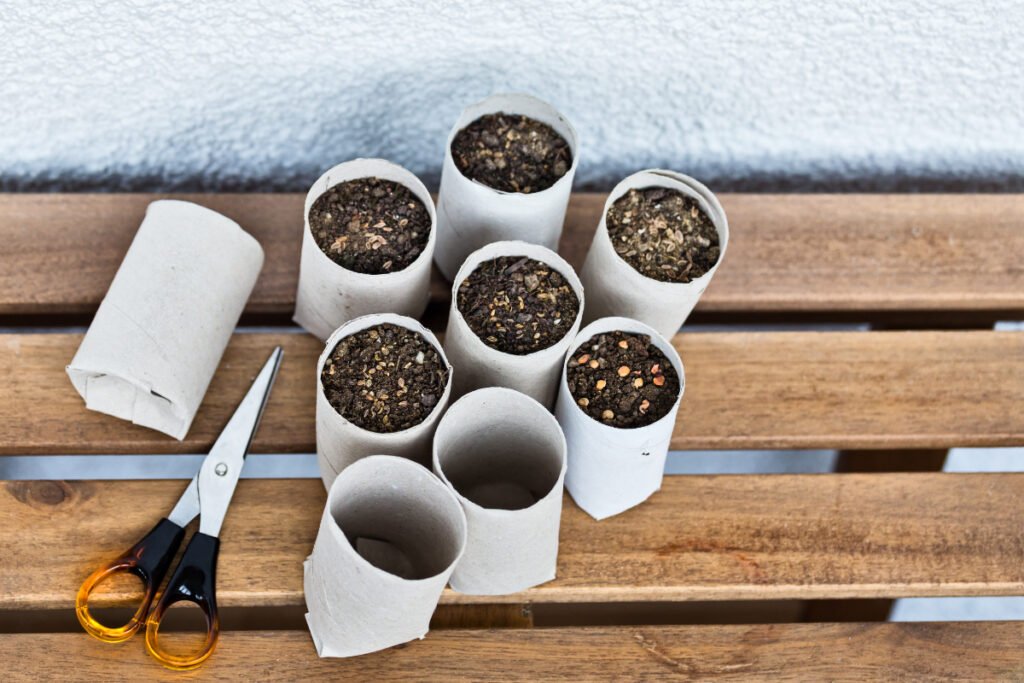
If you don’t have a composting setup or spot in your backyard, don’t be sad! You can use those empty toilet paper rolls in a few other ways.
- Seed Starter: Toilet paper rolls are great seed starters. All you need to do is place some rolls in a tray, add soil or any growing medium in them, and plant seeds. Take care of them, and you’ll have your seeds germinated in some time.
Once the seeds germinate, you can directly plant the seeds into the pot or garden soil along with the toilet paper roll. The cardboard roll will decay naturally.
- Garden/Raised Beds: Add shredded or striped toilet paper rolls directly to your garden or raised beds. They will act slowly, providing moisture to your garden bed, and decompose naturally.
- Roll String: You can use it as a spool to roll loose string or thread, which you can reuse to tie up the plants.
What Else Can You Compost Besides a Toilet Paper Roll?
Now you know you can utilize all your empty toilet rolls in many ways for your garden or plants. But is toilet paper roll the only thing to be used for composting?
Well, look around, and you’ll find a lot of compostable things. For example:
- Aluminum foil roll
- Tissue paper roll
- Baking paper or parchment paper roll
- Paper towel rolls
- Egg carton
- Other similar cardboard rolls
Are all toilet paper rolls safe to compost?
Yes, all toilet paper rolls are safe to compost. Sometimes the inside of the roll is bleached to make it white, but the amount of bleach used is not harmful to plants, and you can use the roll for composting.
Why should we soak the toilet paper rolls in water before composting?
You should soak the toilet paper rolls in water before adding them to the compost pile as this will accelerate the composting process tremendously, and skipping the soaking process will still decompose the roll, but slowly.
Can you recycle toilet paper rolls?
Yes, you can recycle empty toilet paper rolls to make recycled paper, recycled toilet paper, or compostable bags. You can make many paper products by recycling the rolls.
What is a composting toilet?
Composting toilet is a sustainable method of converting human waste into compost. Composting toilets do not require using a septic tank or septic system, unlike normal ones.
Are wet wipes compostable?
It is not recommended to compost wet wipes, although the material is paper-like. This is because wet wipes contain plastic and synthetic fibers, which are unsuitable for compost.
Can we add toilet paper rolls directly to the soil?
You can add toilet paper rolls directly to the soil. However, it is recommended to cut them into ½-inch strips to ease the breakdown process.
To conclude, toilet paper rolls make excellent compost feed. And considering the amount of toilet paper people use, composting the rolls will make a significant reduction in the amount of landfill waste. So, don’t throw the rolls in the trash bins but compost bins.
But not just cardboard rolls; there are so many other things that can be reused in gardening—for instance, dryer lint. So if you have questions about composting dryer lint, we’re here to help!
